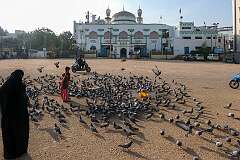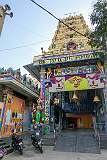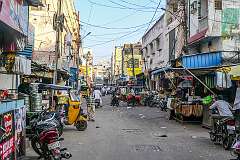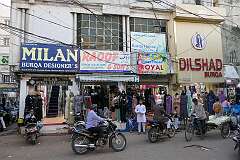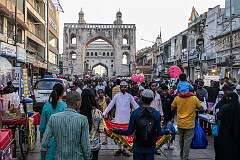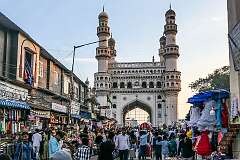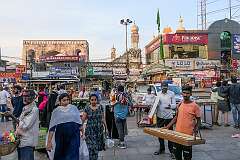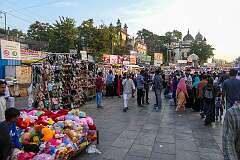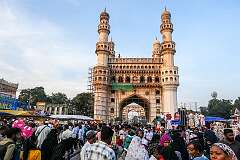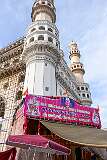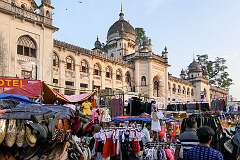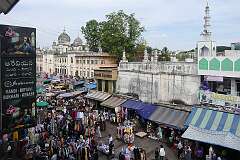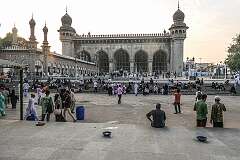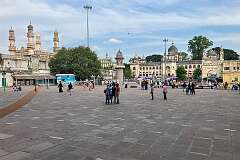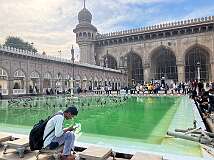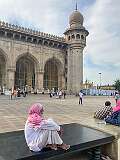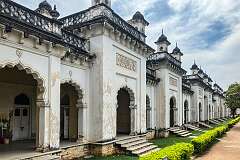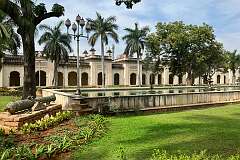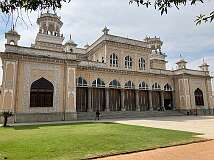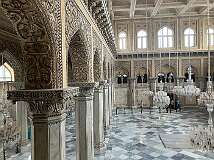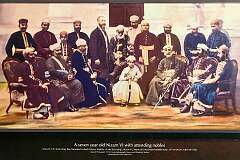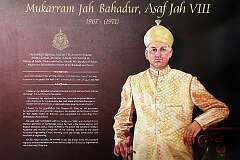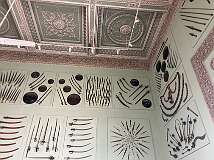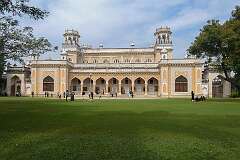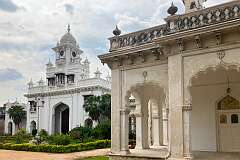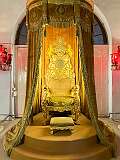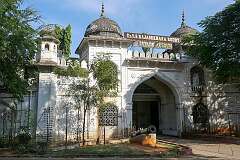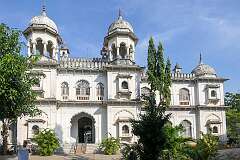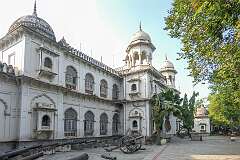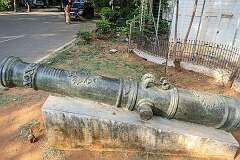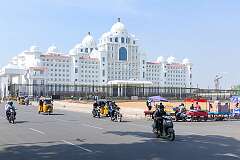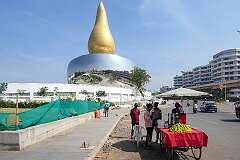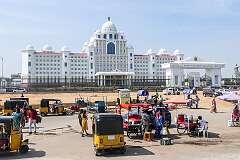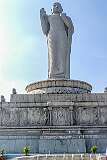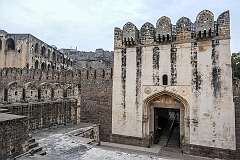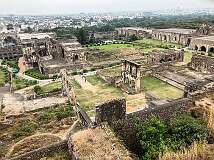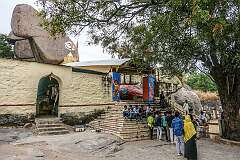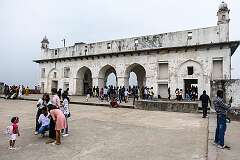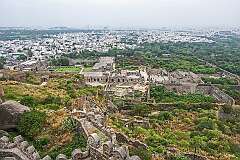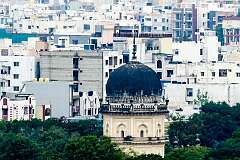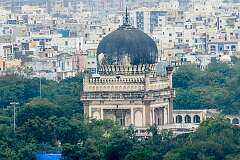Hyderabad, capital of Telangana
29 November - 4 December 2023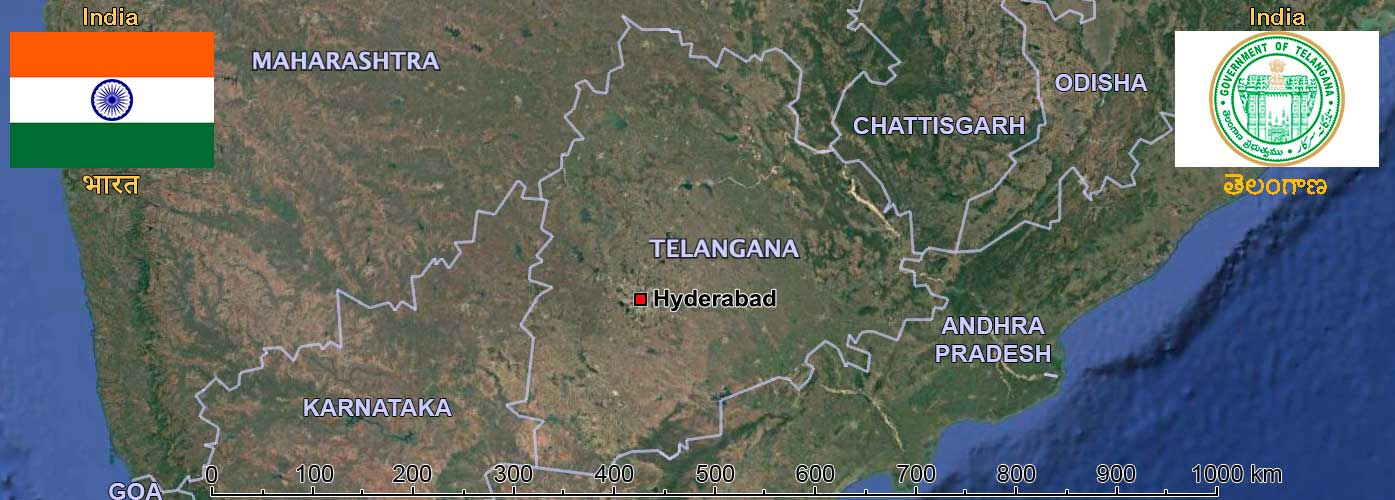
Hyderabad, the capital of Telangana, was founded in 1591 by Muhammad Quli Qutb Shah of the Qutb Shahi dynasty on the banks of the Musi River. It soon became a centre of Persian culture, trade, and Islamic architecture. The city’s most iconic monument, the Charminar, was built the same year to mark the end of a plague and stands as a symbol of Hyderabad with its graceful arches and minarets.
Nearby, the Golconda Fort, earlier the Qutb Shahi capital, was famed for its diamond mines that produced the legendary Koh-i-Noor and Hope diamonds. The Qutb Shahi rulers also built the magnificent Qutb Shahi Tombs, a necropolis of domed granite mausoleums surrounded by landscaped gardens — a blend of Persian, Pathan, and Hindu styles.
After the Mughals annexed Golconda in 1687, Hyderabad rose again under the Asaf Jahi Nizams, who ruled from the 18th to mid-20th centuries. Their palaces — such as Chowmahalla and Purani Haveli (now the Nizam's Museum) — reflect royal opulence and European influence. Today, Hyderabad blends its regal past with modern vitality, where old bazaars, pearls, biryani, and tech hubs meet under the shadow of the Charminar, preserving the city’s unique Indo-Islamic heritage and cosmopolitan charm.
Nearby, the Golconda Fort, earlier the Qutb Shahi capital, was famed for its diamond mines that produced the legendary Koh-i-Noor and Hope diamonds. The Qutb Shahi rulers also built the magnificent Qutb Shahi Tombs, a necropolis of domed granite mausoleums surrounded by landscaped gardens — a blend of Persian, Pathan, and Hindu styles.
After the Mughals annexed Golconda in 1687, Hyderabad rose again under the Asaf Jahi Nizams, who ruled from the 18th to mid-20th centuries. Their palaces — such as Chowmahalla and Purani Haveli (now the Nizam's Museum) — reflect royal opulence and European influence. Today, Hyderabad blends its regal past with modern vitality, where old bazaars, pearls, biryani, and tech hubs meet under the shadow of the Charminar, preserving the city’s unique Indo-Islamic heritage and cosmopolitan charm.








